Natural Language Processing
What is NLP in Data Science? Natural Language Processing (NLP) is a subfield of data science that deals with the interaction between computers and human language. It involves using algorithms and computational techniques to analyze, understand, and generate natural language data, such as text, speech, and handwriting.
NLP has its roots in the field of linguistics, which is the scientific study of language and its structure. Linguistic theories and principles are used in NLP to develop algorithms and models that can understand the meaning and context of human language.
NLP is a rapidly evolving field that has seen significant advancements in recent years, thanks to the development of deep learning and neural network models. These models have enabled machines to perform complex language processing tasks, such as language translation, sentiment analysis, text summarization, and more.
Applications of NLP
One of the primary applications of NLP is in the field of text analysis, where it is used to extract insights and information from large volumes of text data. This data can come from a variety of sources, such as social media posts, customer reviews, news articles, and more. NLP techniques are used to analyze this text data and extract valuable insights about customer behavior, market trends, and other important business metrics.
Another important application of NLP is in language translation. NLP techniques are used to translate text from one language to another, making it easier for people to communicate across language barriers. This has become increasingly important in our globalized world, where businesses and organizations need to communicate with customers and partners from around the world.
Goals of NLP
As discussed earlier, NLP in data science that focuses on the interactions between computers and human language. NLP enables computers to understand, interpret, and generate human language, allowing them to perform a variety of tasks such as language translation, sentiment analysis, text classification, and more.
One of the primary uses of NLP in data science is for text analysis and classification. NLP techniques are used to analyze large volumes of text data, such as social media posts, customer reviews, and news articles. By analyzing this text data, data scientists can extract valuable insights and information about customer behavior, market trends, and more.
Another important application of NLP is in language translation. NLP techniques are used to translate text from one language to another, making it easier for people to communicate across language barriers. Language translation has become increasingly important in our globalized world, and NLP has made significant advancements in this area. Let’s discuss the techniques of NLP in data science in a bit more detail.
Commonly Implied Techniques of NLP
NLP has several techniques that are used to enable machines to process human language. These include:
- Tokenization: The process of breaking down text into smaller units, such as words or phrases.
- Part-of-speech (POS) tagging: Identifying the parts of speech of words in a sentence, such as nouns, verbs, and adjectives.
- Named entity recognition (NER): Identifying named entities in text, such as people, places, and organizations.
- Parsing: Analyzing the grammatical structure of a sentence to determine its meaning.
- Machine translation: Using algorithms to translate text from one language to another.
Applications of NLP in Data Science
In data science, Natural Language Processing (NLP) has a wide range of applications. Here are some of the most common applications of NLP in data science:
- Text Classification: Text classification involves categorizing text data into predefined categories based on their content. NLP techniques can be used to classify text data, such as customer reviews or social media posts, into different categories, such as positive or negative sentiment, topic, or intent.
- Named Entity Recognition: Named Entity Recognition (NER) is the task of identifying named entities in unstructured text data, such as people, organizations, and locations. NLP techniques can be used to identify and extract named entities from text data, which can be used in various applications, such as information retrieval and recommendation systems.
- Sentiment Analysis: Sentiment analysis involves analyzing the sentiment of text data, whether it is positive, negative, or neutral. NLP techniques can be used to perform sentiment analysis on large volumes of text data, such as customer reviews, social media posts, and more. This information can be used to gain insights into customer behavior, brand reputation, and more.
- Language Translation: NLP techniques can be used to translate text data from one language to another. This can be useful in various applications, such as international business, cross-border communication, and more.
- Text Summarization: Text summarization involves summarizing large volumes of text data into shorter, more concise summaries. NLP techniques can be used to automatically summarize large volumes of text data, such as news articles or research papers.
- Information Extraction: NLP techniques can be used to extract structured data from unstructured text data, such as extracting named entities, relationships between entities, or facts from large volumes of text data.
Overall, NLP has numerous applications in data science, and its continued development is likely to have a profound impact on how we analyze, understand, and generate natural language data.
Final Words
In conclusion, understanding What is NLP in Data Science is crucial for unlocking the potential of language processing in machine learning. NLP is a vital field in data science that focuses on enabling computers to understand and process human language. NLP techniques are used for a variety of tasks, including text analysis, language translation, sentiment analysis, and more. NLP has made significant advancements in recent years, and its continued development is likely to have a profound impact on how we communicate and interact with technology in the future.
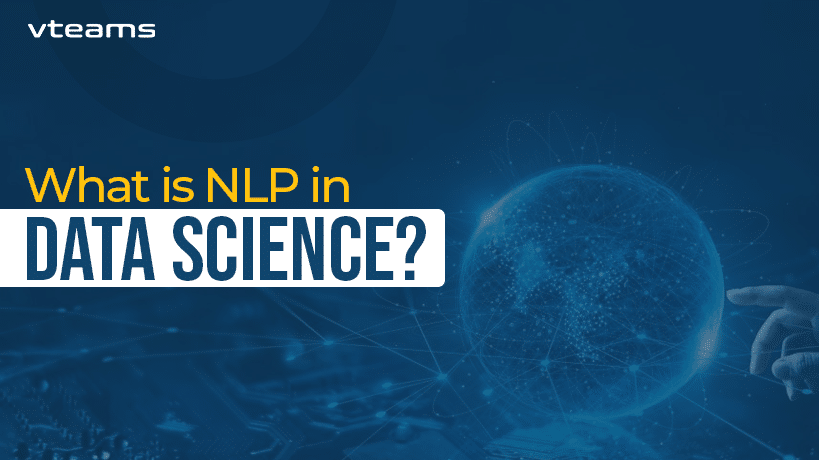
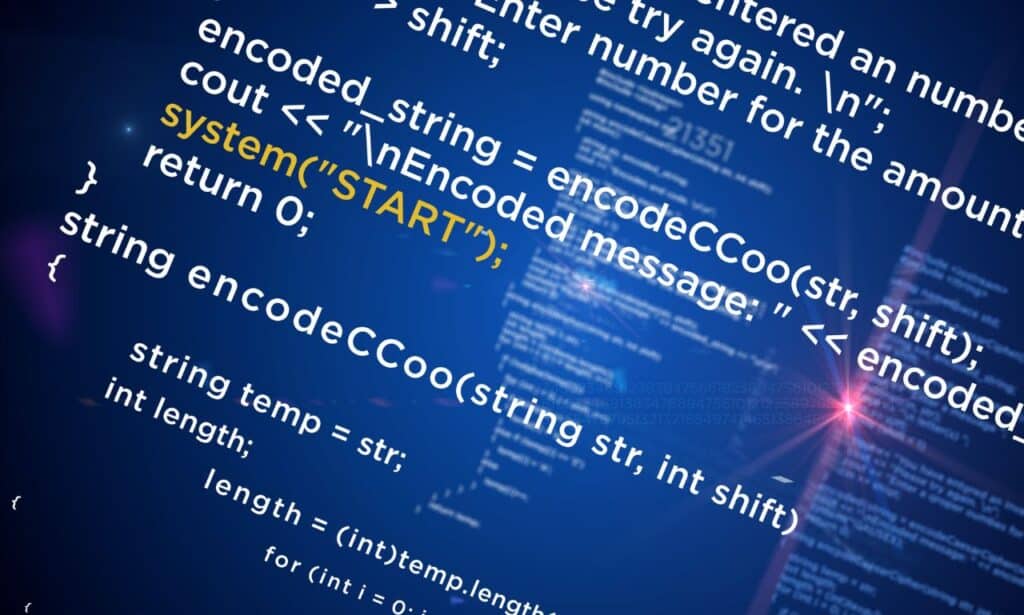



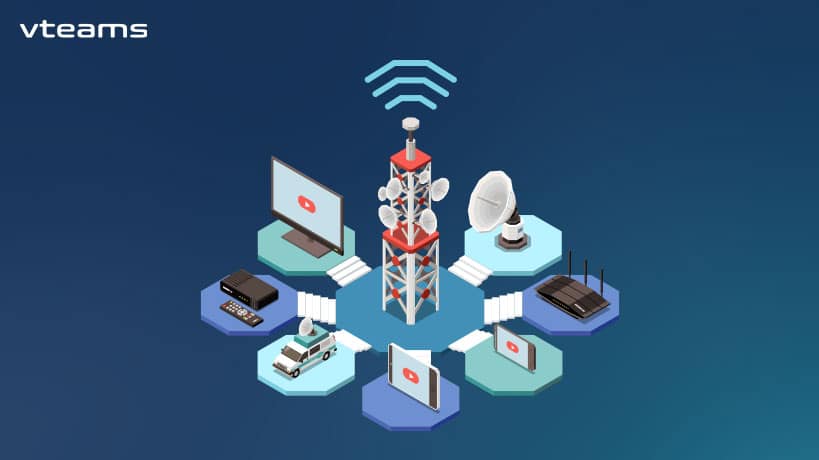





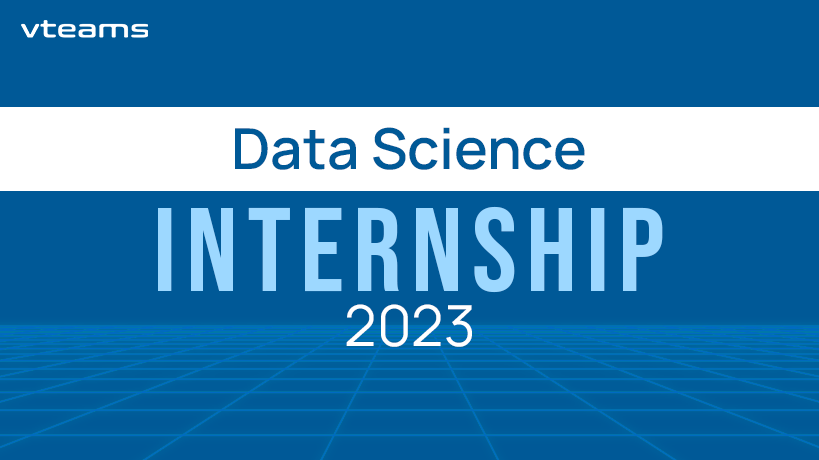


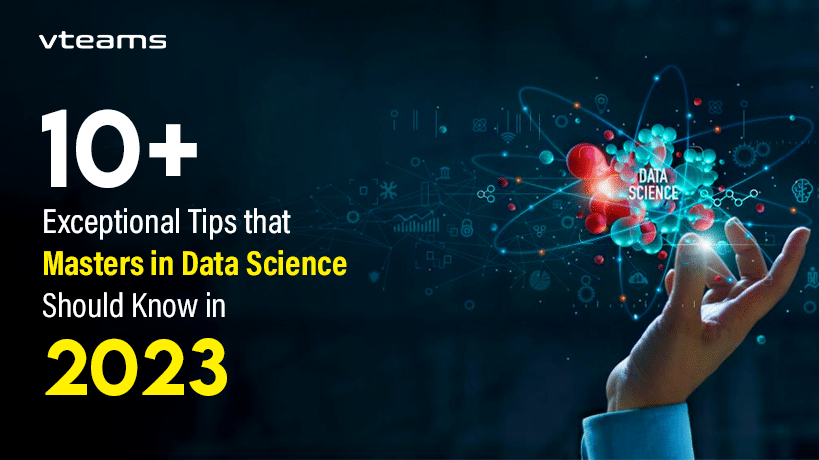
0 Comments